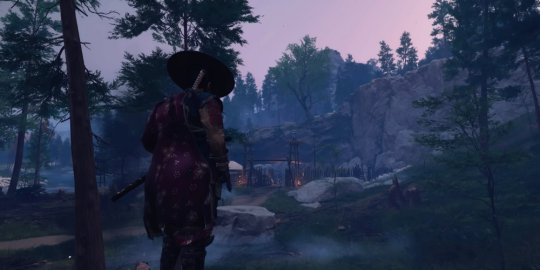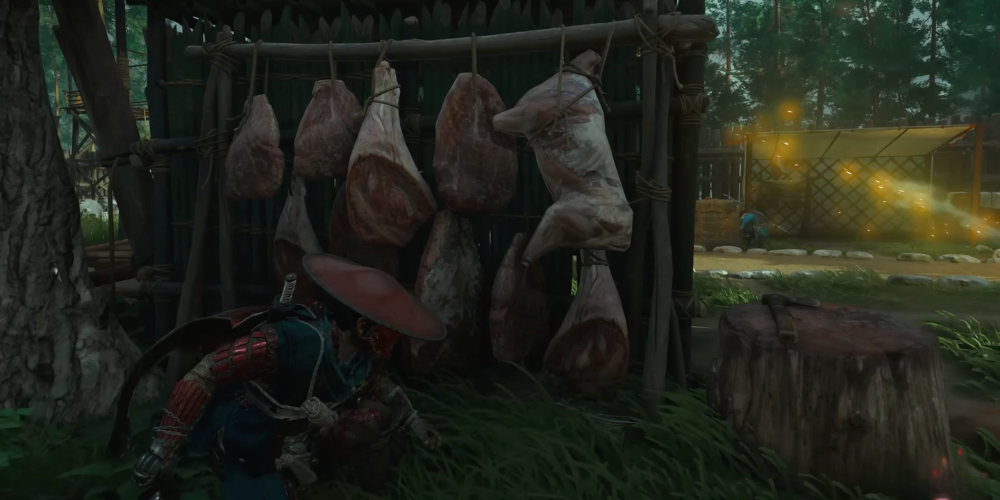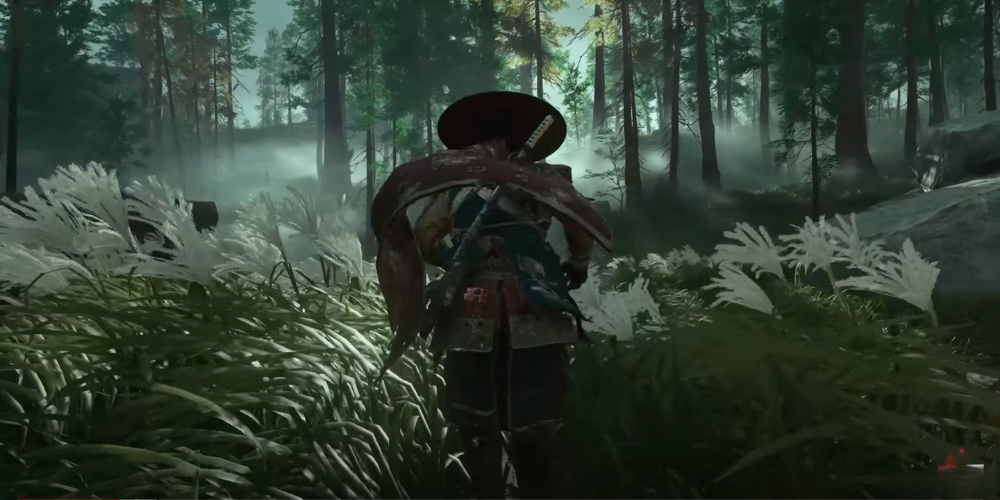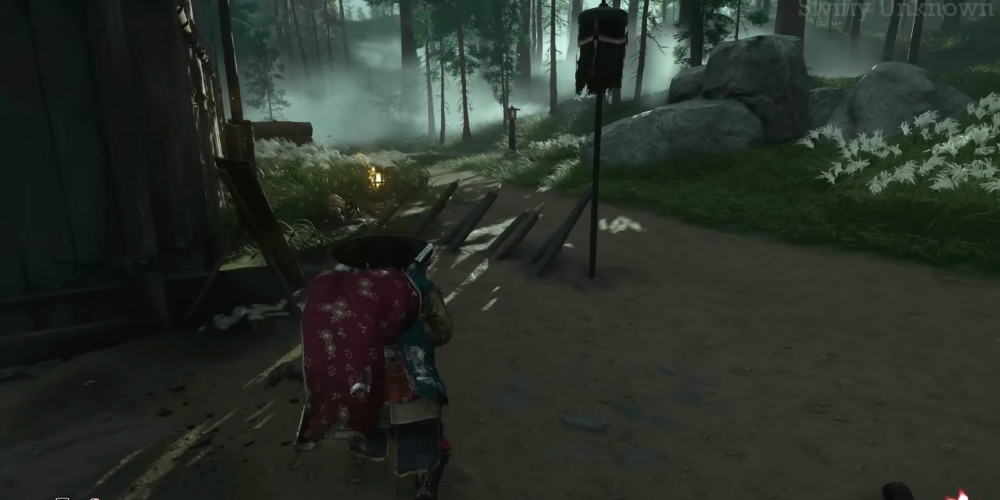
Ghost of Tsushima is an action-adventure game based in the late 13th century that takes gamers on a visually stunning tour of feudal Japan. The allure of its aesthetic brilliance, coupled with its intricately woven plot, offers enthusiasts an immersive gaming experience. Understanding the intricate details of the landscapes and battlegrounds is critical to appreciate this gaming masterpiece fully. This article offers an in-depth look at the landscapes and battles rendered in the Ghost of Tsushima game.
The Landscapes of Tsushima: An Overview
The setting for Ghost of Tsushima, the picturesque island of Tsushima itself, is a significant character within the game’s narrative. An enchanting replica of feudal Japan, it adeptly encapsulates the indubitable enchantment of this historical era. The game's extraordinary landscapes provide more than just a setting —they are also the canvases upon which the game's eventful and dramatic narrative artfully unfolds.
Real-World Inspirations and Historical Accuracy

The landscapes showcased in the game borrow heavily from actual locations, personifying the topographic diverseness of feudal Japan. The effort made by the game developer to replicate historical detail is evident in the meticulous depiction of the scenery. Vast fields extending to the horizon, silent bamboo forests, rugged terrains shaped by nature's fury, and mountain cliffs standing resolute in the face of time render a stunning representation of the historical era. These landscapes' visual details are crafted with such subtlety and sophistication, evoking a strong sense of depth and dynamism.
Use of Color to Bring Tsushima to Life
Moving beyond just landscapes and historical details, Ghost of Tsushima shines when it comes to the vivid palette used by the game developers. It's not just the artistic depth of the landscapes that mesmerizes the players but the strikingly vibrant scenes that the varied color schemes create. Fields of lush vegetation come alive with shades of emerald and jade, providing an invigorating contrast against the game's intense narrative.
You can almost feel a sense of sanctity radiating from the shrines, painted in hues of olive and coral that reflect tranquility and peace. It's not just these; each location within the game bears its unique color scheme. The strategic use of color breathes life into the landscapes, turning them into a visual feast that keeps the players engaged, immersed, and eagerly exploring the vast expanses of Tsushima.
The Battlegrounds of Tsushima

The excellently designed battle arenas set Ghost of Tsushima apart. Each battle scene is not merely a display of power and strategy but also an immersive simulation of warfare's harsh realities during the period.
The game includes many battle arenas, ranging from wide-open fields and claustrophobic forts to weather-beaten cliffs and eerily silent forests. Each presents unique strategic opportunities and challenges for the player. The arenas' design showcases a thoughtful blend of aesthetics and functionality, evoking a sense of realism and urgency typical of true combats.
The combat styles in Ghost of Tsushima are inspired by historical accounts of samurai fights. The game offers two combat styles for players to choose from: The path of the samurai, which emphasizes honorable combat, and the path of the ghost, which champions stealth and deception. Each style has unique advantages, challenges, and strategic possibilities, providing the players with various gameplay options.
Conclusion
A Visual Masterpiece: The Landscapes and Battles of Feudal Japan

Ghost of Tsushima is undeniably a visual masterpiece, effortlessly drawing gamers into the past with its breathtaking renditions of feudal Japan's landscapes and battles. The landscapes, intricately designed to reflect the historical era, are stunningly rendered, capturing the exquisite and diverse beauty of Tsushima. The excitement of the game extends beyond exploration; the meticulously crafted combat scenes introduce an additional depth of thrill and realism to the adventure.
The impact of the visuals is heightened by the interactive gameplay, which seamlessly integrates with the surroundings. This successful blending of visual artistry and gameplay mechanics creates a truly remarkable gaming experience that keeps players engaged while challenging their strategic prowess with thought-inducing combat scenarios.
Appreciating the Aesthetic Brilliance and Rich Cultural Fabric

Ghost of Tsushima goes beyond the usual gaming experiences; it's not just about combat and victories. It encourages players to appreciate the rich cultural tapestry and the aesthetic brilliance of the settings. The game's detailed representation of feudal Japan and its culture is a vivid portrayal that resonates with modern-day players. The authenticity of the settings goes a long way in captivating players and investing them in the story, adding another dimension to the gaming experience.
An Odyssey Through History and Culture
With its riveting landscapes, evocative battles, and poignant tale, Ghost of Tsushima transcends the typical confines of a game. The beauty and serenity of the landscapes, juxtaposed against the intensity of the battles, transform the game into a virtual odyssey. It takes players on a journey through the annals of Japan's rich history, allowing them to experience the mystique of an intriguing era first-hand. Ghost of Tsushima combines gaming with a unique sense of escapism, delivering a truly transformative experience that leaves players deeply engrossed and infinitely fascinated.